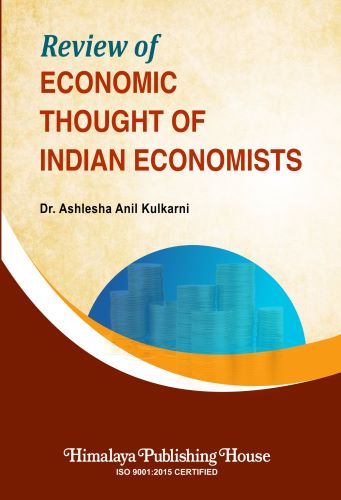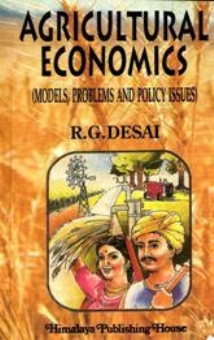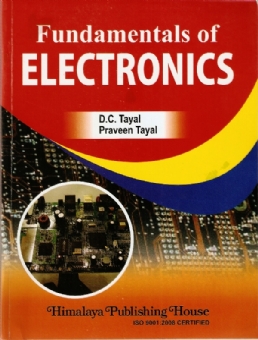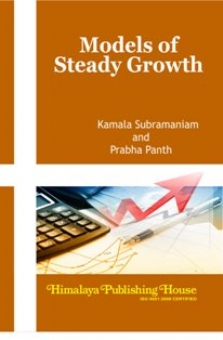India has a glorious tradition of eternal economic thought. If we glance at ancient Indian literature like Vedas, Upanishads, Puranas we come to know that valuable economic thought are scattered in that literature. In ancient age also there was the concept of welfare state and the main objective of the government was “Bahujan Hitay, Bahujan Sukhay” (similar to greatest good of greatest number). Though Indian philosophy is not based on consumerism, Indians were conscious about production, trade, exchange, agriculture, national security, social security, taxation etc. We find many references of welfare state, socialistic thought even in Rig Veda & Atharvaveda.
Generally it is believed that welfare state and socialistic pattern of society these are the imported ideas in Indian economic thought. These concepts are elaborated by western thinkers like J. S. Mill, Pigoue, Samuelson, Bergson and Marx.
The motive behind the study was to search the roots of welfare state and socialistic pattern of society in Indian economic thought. While coping up with the changing situations, all capitalistic countries (developed) had to suffer many problems but India easily adopted socialistic pattern of society to achieve welfare state. A historical review of events in India would also show that socialistic pattern of society is deeply rooted in Indian culture. Whenever we think about the concept of ‘welfare state’ Indians always have watchwords “Ram Rajya” or “Jo je vanchil to te laho Pranijat” which is the symbol of an ideal state.
Socialistic pattern of society is the golden mean of communism and democracy. So, socialistic pattern of society was in existence in the past. Indians were following the principles of this pattern but they didn’t know that they were following a socialistic pattern. As, the times have changed; people are following socialistic pattern with the vision of development plus welfare-oriented approach.
Therefore, a researcher believes in detail study of economic thought of Indian economists. Their thoughts can work as a ray of guidance for the next generation. A researcher thinks that India firstly adopted the philosophy of welfare state and socialistic pattern of society then they advocated it. On the other hand, Western countries had studied first and then implemented.
First chapter takes an overview of selected twelve Indian and six western economic thinkers. Second chapter denotes research methodology and rationale behind the study. Third chapter consists of Review of literature. The Concept of welfare state is elaborated in fourth chapter. Fifth chapter examines parameters of welfare state. Sixth chapter indicates major findings.
To attain the goal of “Rashtram Vishwa Gurum Punah” Indian society should remember its magnificent tradition of precious economic thought. This book will be beneficial for the policy makers.
Contents –
1. Introduction
1.1 Indian Economic Thinkers: An Overview
1.2 Contemporary Western Economic Thinkers
2. Research Design
2.1 Selection of the Topic and Significance
2.2 Objectives
2.3 Statements of Hypotheses
2.4 Research Methodology
2.5 Scope and Limitations
3. Review of Literature
3.1 Introduction
3.2 Some Important Concepts
4. Welfare State
4.1 Historical Background
4.2 Welfare State: Indian Perception
4.3 Welfare State in Global Perspective
4.4 Western Models of Welfare State
5. Content Analysis
5.1 Parameters of Welfare State
5.2 Explanation and Search of Parameters in Indian and Western Economic Thinkers
5.2 (a) Merit Goods
5.2 (b) Parameters of Welfare State
5.3 Opinion Poll
6. Major Findings
6.1 Introduction
6.2 Major Findings
6.3 Testing of Hypotheses







